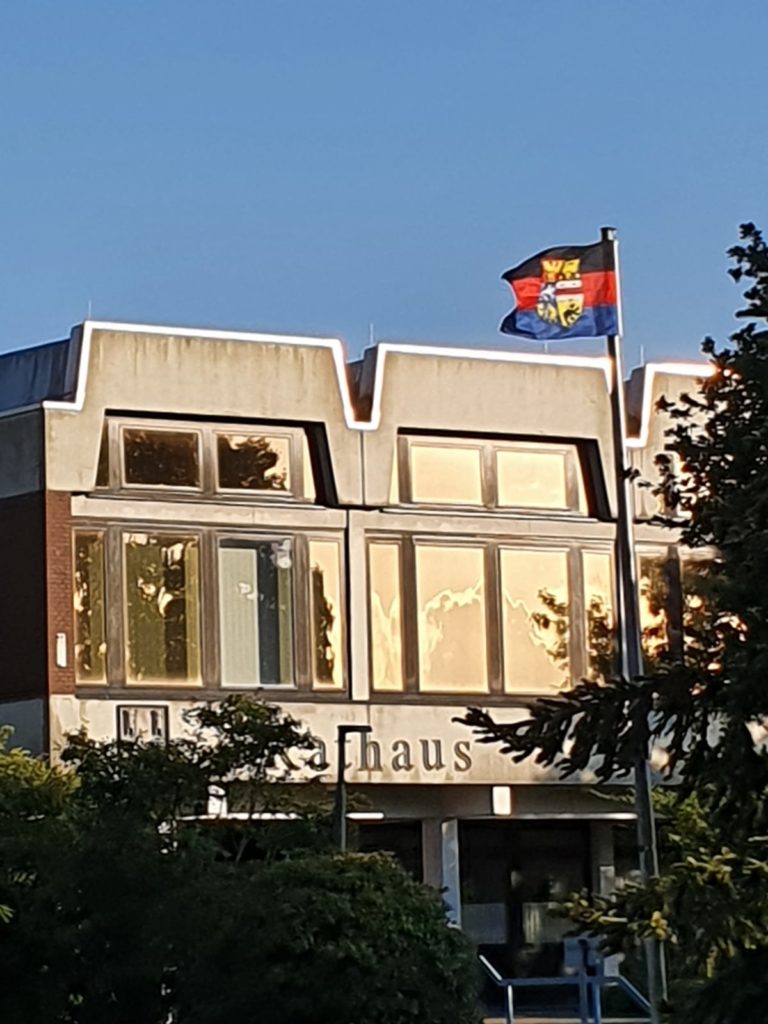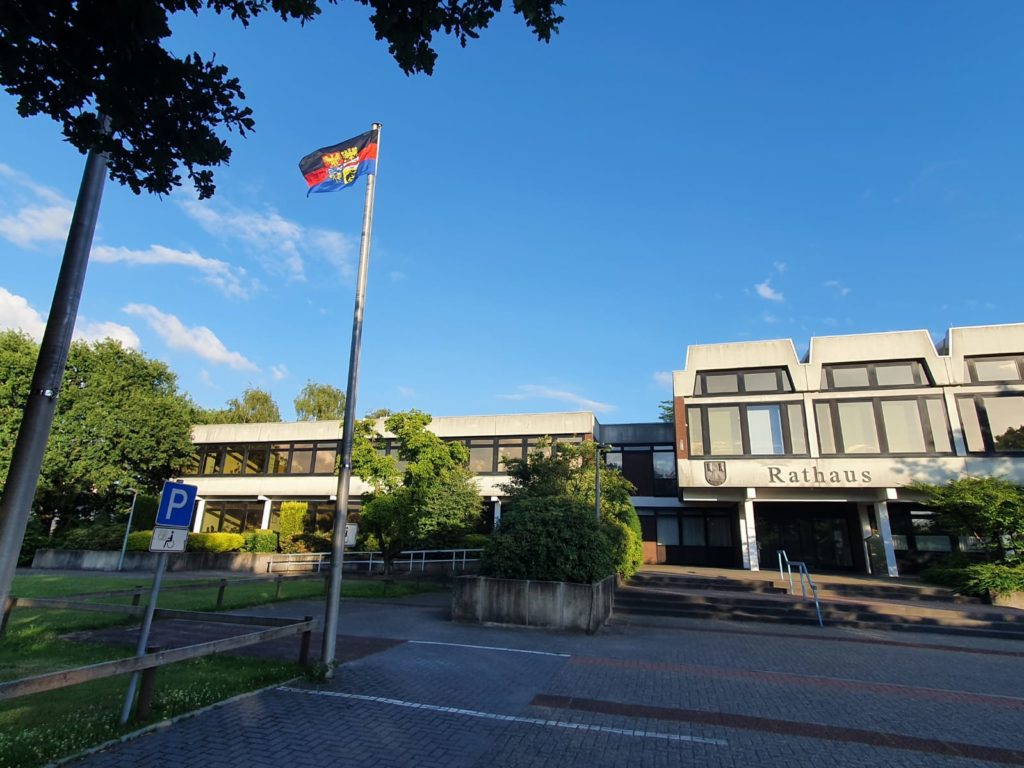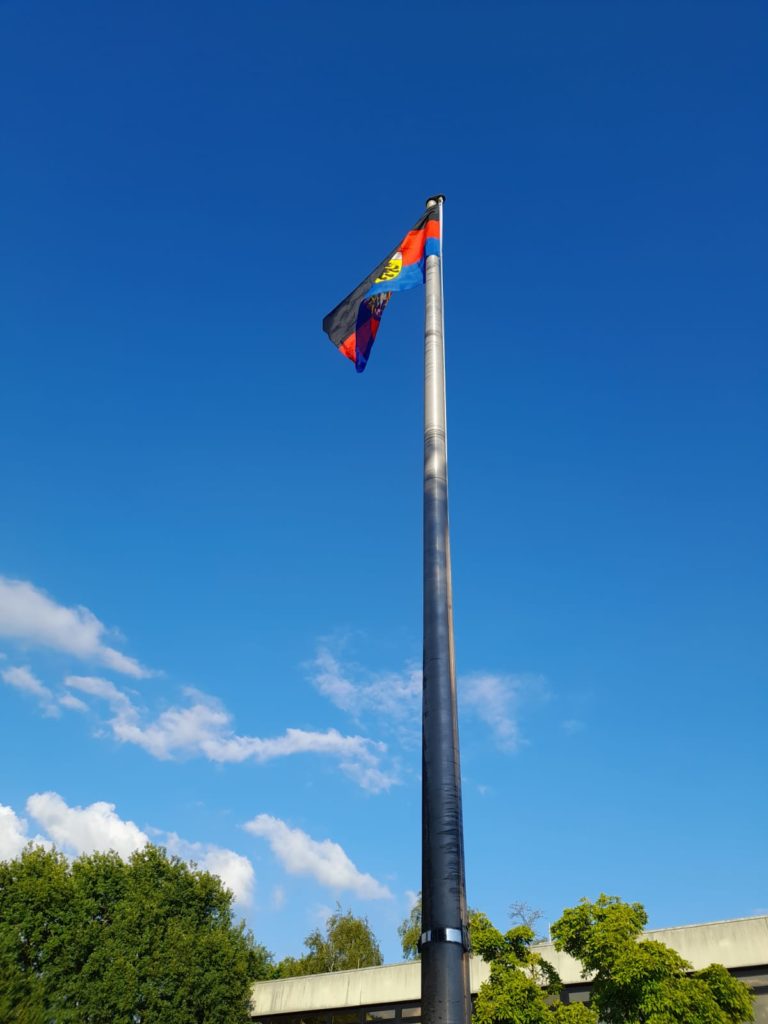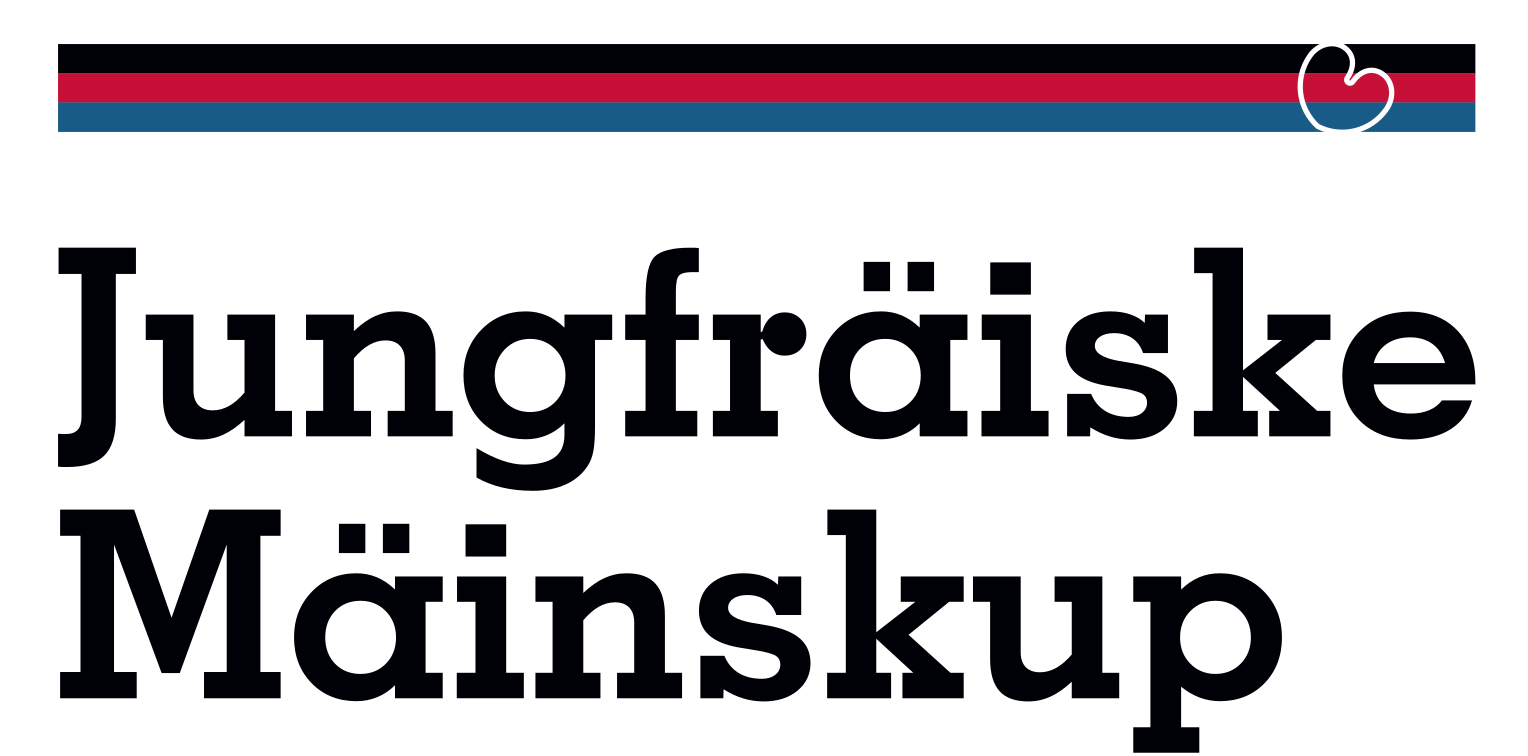Lērent däi Maurmerlandjer pōlitikkers fan disser fail?
Däi Ōstfräisland-Flâğ, wel kent hum näit? Däi flâğ, mit of sünner wóópen, süğt me in ‘n büelt tūnen. Däi Ōstfräisk Landskup het sülst ‘n äigen wersje mit höör Landskupswóópen, up däi in d’ middent däi Upstalsbōm ofbild’t is. Däi histōrje fan ‘t Gróófenwóópen un fan ‘t Landskupswóópen gājt wēruem nóó ‘t 17. äiw. Däi klöören swārt-rōd-blāu kōment amäen fan ‘t 19. äiw. Däi ōstfräisk flâğ höört unnerwīlst net sō tau Ōstfräisland as bōseln, däi Nōrdsäj un däi ōstfräisk tóól.
1957 wur däi ōstfräisk dreiklööer swārt-rōd-blāu fan ‘t landsrēgææren bīfasterğt (NLA AU Dep. 1 N Nr. 3476), sō dat sītdēm ōk amten däi ōstfräisk flâğ bī offisjäel baudels hīsen köönent. Däi ōstfräisk flâğ is düs ğīn feräinsflâğ, man ‘n offisjäel flâğ.
1998 róótīfīsæærde ‘t bundsrēgææren däi róómkuntrakt tau ‘t bīsğīrmen fan nóósjenóóel minnerhaiden. Sīt däi tīd bünt däi Fräisen, Dānsken, Sōrbsken, un Sinten/Rōmós fan ‘t bundsrēgææren as ‘n nóósjenóóel minnerhaid ankent. Us is näit bīkent, dat artikkel 5 fan d’ róómkuntrakt fan d’ Maurmerlandjer kultürkummisje bīacht’t wur. Äien maut in disser kuntekst fróógen, wō fööl küen däi pōlitikkers d’r fan hārent. Wī dürent as börgers do ferwachten un ferlangen, dat s’ us wetten kennent?
Rahmenübereinkommen, Art. 5, Abs. 1: Die Vertragsparteien verpflichten sich, die Bedingungen zu fördern, die es Angehörigen nationaler Minderheiten ermöglichen, ihre Kultur zu pflegen und weiterzuentwickeln und die wesentlichen Bestandteile ihrer Identität, nämlich ihre Religion, ihre Sprache, ihre Traditionen und ihr kulturelles Erbe, zu bewahren.
(Róómkuntrakt, artikkel 5, ofset 1: Däi kuntraktspertäjen ferflītent sük, däi kundīsjes tau bīföördern, däi ‘t lēden fan ‘n nóósjenóóel minnerhaid möögelk móókent, höör kultüer tau plēgen un fērer tau undwikkeln un däi bīlangrîk pārten fan höör īdentitäit, nóómelk höör gelôv, höör tóól, höör drağten un höör kultüräel ārvdaum, tau woren.)



Andochterğ däi histōrje, ‘t offisjäel ankennen un ‘t dóódelk ferwenden, kan me däi flâğ sünner twīvel as ‘n pârt fan d’ ōstfräisk īdentitäit indäilen. Um disser fail t’ bīrechterğen, hebbent wī ‘n Ōstfräisland-Flâğ fööer ‘t Maurmerlandjer róódhūs uphangen. Wī köönent man hōpen, dat disser genēgen pōlitikkers döör däi an ‘t ōwerwēgen brocht wordent un fan höör fail lēren köönent. Un däi flâğ? Däi dürt däi mäient föör d’ tauken gelēgenhaid hollen.


